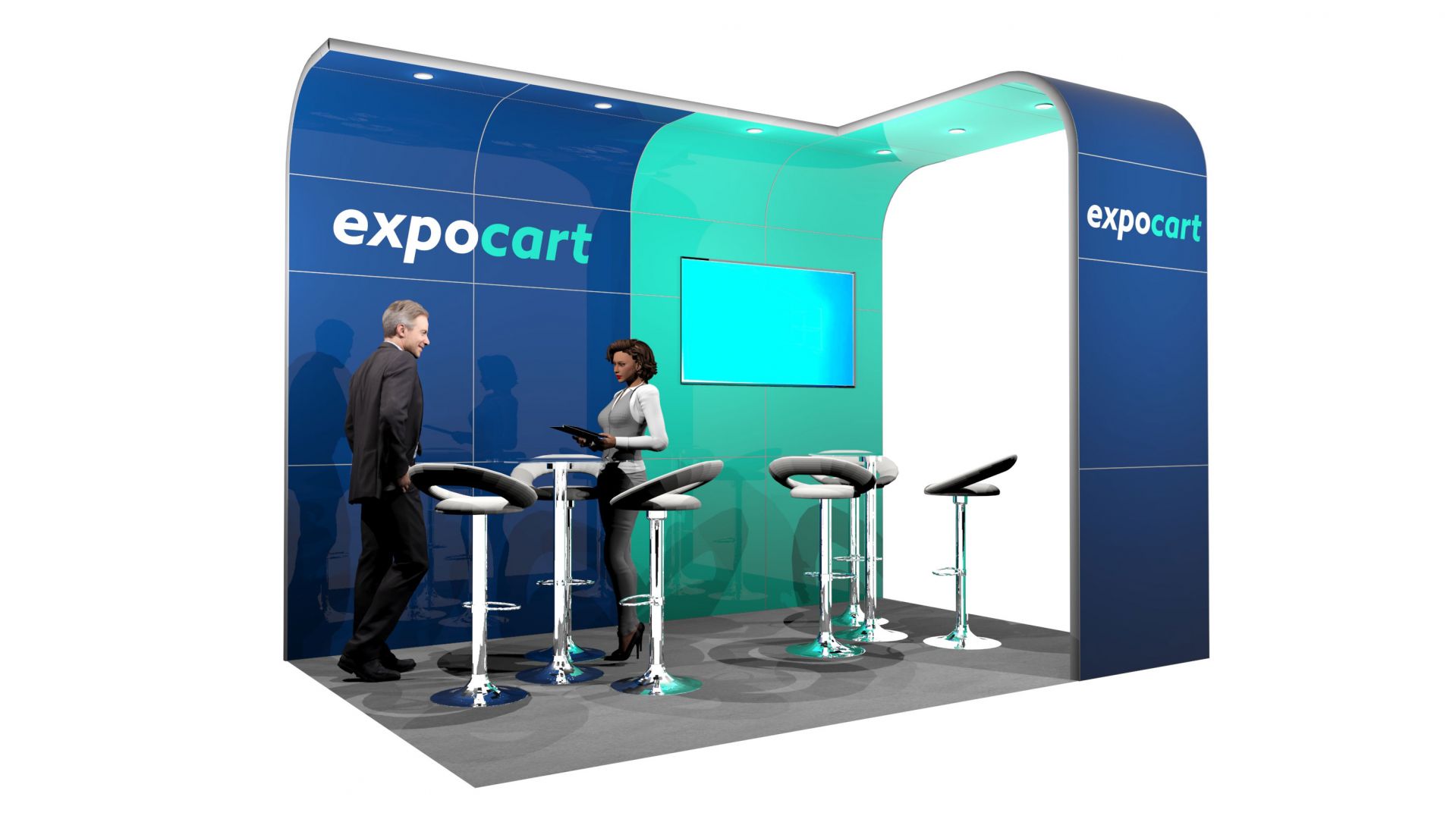
Step 1: Lay the Groundwork
Before diving into the intricacies of your exhibition stand brief, it's crucial to establish a solid foundation. Here's how to lay the groundwork effectively:Name of the Exhibition and Dates:
Start by noting down the name of the exhibition you'll be participating in and the dates of the event. This information forms the backbone of your planning process, ensuring you're fully aware of the timeline for preparation and execution.Type of Space Booked:
Understand the type of space you've booked for your exhibition stand. Whether it's a stand, a pavilion, or a custom area, knowing the specifics of your allocated space is essential for designing an effective stand.Stand Number:
Make a note of your stand number. This unique identifier will help you locate your stand within the exhibition venue.Stand Size/Dimensions and Orientation:
Take note of your exhibition stand size and orientation. This information is crucial in planning your stand design and this information can be found in the exhibition floor plan.Obtain a Copy of the Latest Floor Plan:
Request a copy of the latest floor plan from the exhibition organisers. This document is invaluable for visualising the layout of the venue, identifying traffic flow patterns, and pinpointing potential hotspots. Armed with the floor plan, you can strategically position your exhibition stand to maximise visibility and foot traffic.
Step 2: Know Your Future Plans
Once you've laid the groundwork for your exhibition by gathering essential details, it's time to look ahead and consider your future plans. Are you exhibiting at just one show, or do you have multiple events lined up throughout the year? This crucial information will shape the direction of your stand design and overall strategy.Sharing your exhibition schedule with your stand builder would empower them to tailor the design to suit your specific needs and objectives. Whether you opt for a modular stand that offers flexibility for different events or a custom-built stand designed to make a bold statement, clarity is key.
Here's why understanding your future plans matters:
Tailored Design:
Knowing whether you'll be exhibiting at one show or multiple events allows your exhibition stand builder to create a design that aligns with your long-term goals. They can incorporate elements that ensure consistency across all your exhibitions while also accommodating any unique requirements for each event.Cost Efficiency:
Planning ahead can help you make informed decisions about the type of exhibition stand that best suits your needs and budget. A modular stand might be a cost-effective solution if you'll be attending several events with varying space constraints, while a custom-built stand could offer greater impact for a flagship exhibition.Brand Cohesion:
Consistency is key to building a strong brand presence at exhibitions. By communicating your future plans to your exhibition stand builder, you can ensure that your stand design reflects your brand identity consistently across all events. This cohesive approach enhances brand recognition and reinforces your messaging to attendees.
Step 3: Introduce Your Business
This step sets the foundation for crafting a stand design that not only showcases your offerings but also resonates with your target audience. Here's how to effectively introduce your business:Overview of Products/Services:
Begin by providing a comprehensive overview of your products or services. Detail the range of offerings, highlighting any unique features or benefits that set your business apart from competitors. Whether you offer innovative tech solutions, bespoke handmade crafts, or cutting-edge healthcare services, paint a vivid picture of what makes your offerings special.Core Values:
Share the core values that drive your business forward. Whether you prioritise sustainability, customer satisfaction, innovation, or community engagement, articulating your values helps the stand designer align the visual elements with your brand ethos. This ensures that every aspect of the exhibition stand reflects the essence of your business and resonates with attendees who share similar values.Market Presence:
Provide insights into your market presence, including your position within the industry and any notable achievements or milestones. Whether you're a seasoned industry leader or an emerging startup disrupting the market, conveying your market presence helps the stand designer understand the context in which your business operates. This enables them to tailor the exhibition stand design to appeal to your specific audience and industry peers.Typical Clientele:
Describe your typical clientele to help the stand designer better understand your target audience. Whether you cater to B2B clients in the corporate sector, tech-savvy millennials seeking lifestyle products, or families looking for recreational experiences, paint a clear picture of who your ideal customers are. Providing demographic details, preferences, and pain points of your clientele enables the stand designer to create engaging experiences that resonate with your audience's needs and aspirations.

Customised Exhibition Stand
Step 4: Define Your Objectives
Clarify your goals for exhibiting. Whether it's product launches, client connections, or brand visibility, articulate your objectives clearly to align expectations with your exhibition stand builder.Defining Your Goals:
What do you aim to achieve? Are you looking to showcase new products, strengthen relationships with clients, or raise the profile of your brand? Articulating your objectives with clarity would provide a clear direction for your exhibition efforts and set the stage for a focused and effective approach.Product Launches:
If unveiling new products is a key objective, delve into the essence of your offerings and their unique selling points. Consider how you want to position these products in the market and the message you wish to convey to your audience.Client Connections:
Building meaningful connections with clients is often a primary goal of trade show participation. Define the type of interactions you hope to foster – from casual conversations to in-depth consultations. Consider the demographics and preferences of your target audience, and tailor your approach accordingly.Brand Visibility:
In a crowded marketplace, standing out from the competition requires a strategic approach to brand visibility. Clearly articulate how you want your brand to be perceived by attendees and the key messages you want to convey.